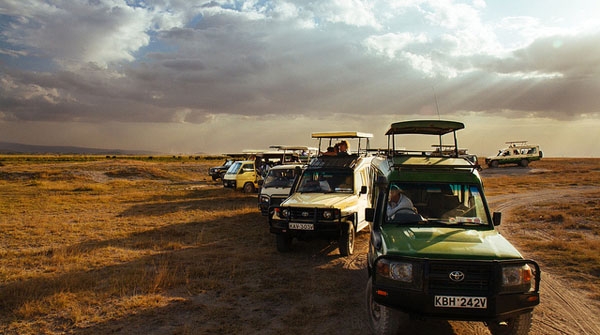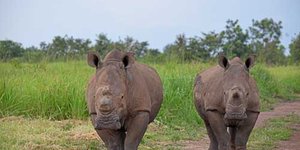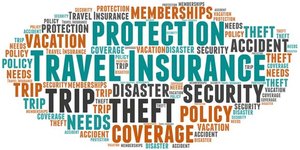Like this article?
Go on, give it a kudu!

Published on January 23 2014
Written by:
Fran
718 views
Kenya Wildlife Services (KWS) announced a rather pricey increase in park fees. The increased fee came into effect on January 15, 2014. The new fees came as a surprise for some tourists bargaining on old park fees, especially as the new fees are now also relevant for any reserves and sanctuaries that fall under KWS. But let us consider for a moment what the increased fees can mean for KWS and their conservation duties:
Park, reserve and sanctuary fees have been raised by 16% VAT throughout Kenya, but some fees increased by as much as 100%. The highly acclaimed Amboseli and Lake Nakuru parks now charge US$90 for entry while the wilderness parks including Meru and Kora now charge US$75 for entry. Children and student fees were not spared. The Nairobi National Park now charges US$40 for children and US$55 for students. Even though the exchange rate between Kenyan Shilling and the US Dollar still offers a fair deal at 85 Kenyan Shilling for a single US Dollar, park entrances are no longer cheap. For tourists on a stringent budget, the price increases will probably mean less experienced in Kenyan national parks. To soften the blow a bit, KWS is generously offering families of six or more a one-day free park ticket, provided that you stay for a couple of days.
As state organization, Kenyan Wildlife Services has the huge task of conserving Kenya’s wildlife. But conservation budgets are always restricted. From climate change to human-wildlife conflict and very importantly wildlife poaching, KWS has vital conservation functions to fulfil. Kenya is one of Africa’s best safari destinations and rightly so as healthy wildlife populations wondering its plains are fast becoming a rare sight. But KWS has another important role, and that is the protection of wildlife outside of Kenya’s formally protected areas. Merely 8% of Kenya is formally protected for conservation purposes. Wildlife outside of formally protected areas usually faces threats much greater than their counterparts in formally protected areas. Conflict with urban areas, communities, agricultural land and their worst enemy poachers, are quickly taking its toll on wildlife populations outside of protected areas. KWS is a saving grace for wildlife outside of protected areas but often it means more resources, communication, intervention and liaison with land owners and communities. On the front of poaching control, Kenya has just passed a new wildlife law, promising to take back control with severe consequences for poachers. UNEP recently praised Kenya’s progress in combatting wildlife poaching, and this can be drawn through to the men on the ground, KWS’ rangers and staff.
Offering comfortable tourist facilities, amenities and staff all while keep a close eye on wildlife management comes at a price. In the end, it is a precious cycle because only through safaris and wildlife tourism, we can raise the funds needed to protect Africa’s animals, big and small. If you are planning on a Kenyan safari or planning to visit any of Kenya’s famous parks, then you are in fact contributing to the conservation of African wildlife. Although the increment will definitely affect tourism, it is hoped that international tourists will take recognition in the fact that Kenya is facing severe wildlife conservation challenges and it is only through increased funding and awareness that these obstacles can be overcome. And after all, where in the world can you watch wildlife interaction quite as leisurely as in Amboseli, the Kilimanjaro Royal Court?
Photo credits: some rights reserved by rcrhee via flickr [Creative Commons]
Has been on: 11 safaris
Seeing beyond the average tourist routes and experiencing local life is my type of travel! Living in South Africa I'm an environmentalist at heart, and I continue to marvel at the beauty of the African continent.
© Your African Safari Ltd, All rights reserved.
Your African Safari is a safari-planning and safari review site. It was created to help support a healthy African wildlife population. All reviews are vetted before being approved and only ethical tours are published

Garamba National Park—an anchor of hope in the Democratic Republic of Congo
Published on January 09 2025
By: R.W.

Namibia imposes new visa requirements
Published on July 25 2024
By: yourafricansafari.com

Do I really need travel insurance or travel protection for my safari?
Published on July 30 2024
By: yourafricansafari.com